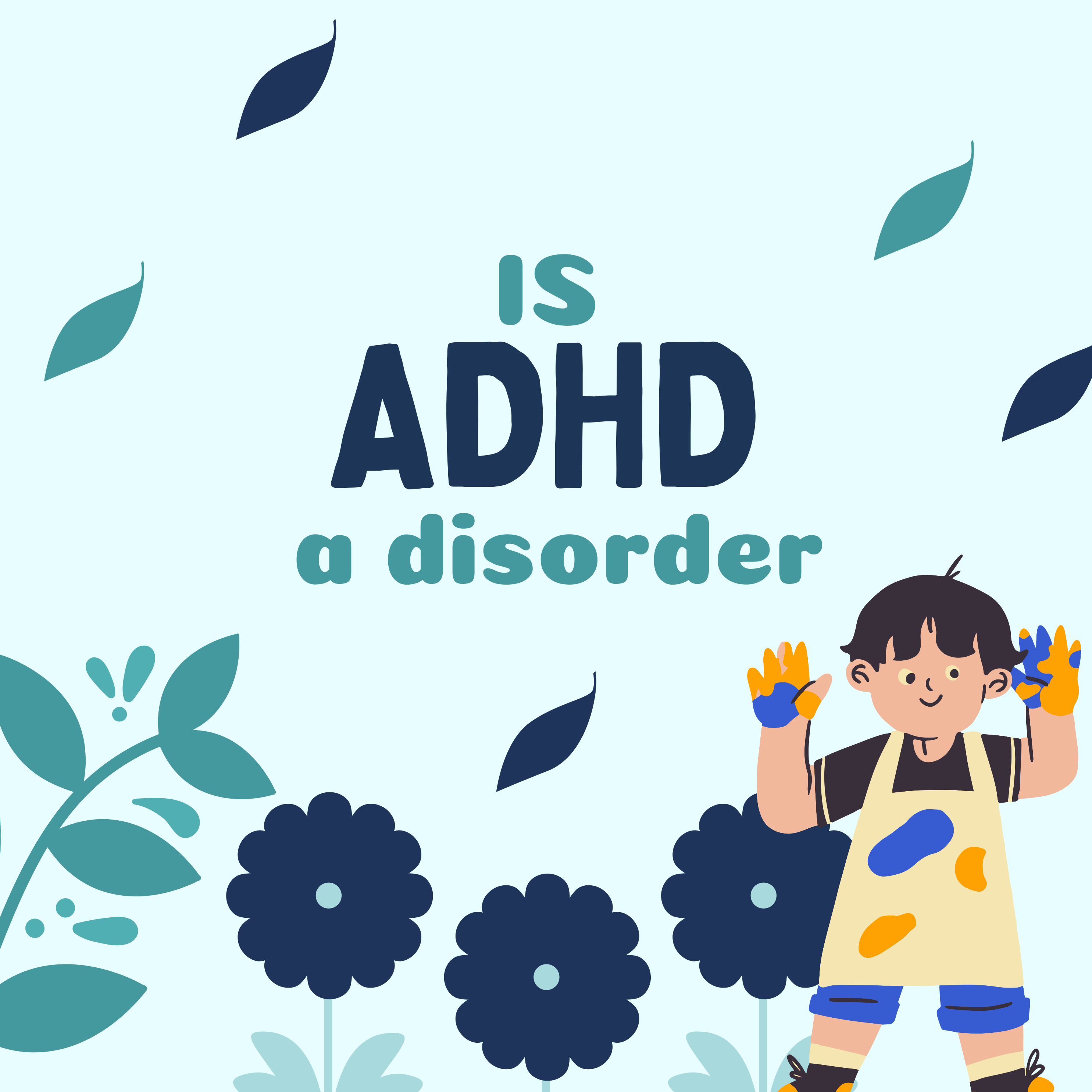
IS ADHD A DISORDER ?
INTRODUCTION
ADHD (Attention Deficit Hyperactivity Disorder) refers to any condition in which the key executive functions in daily routine like the ability to focus, organize, use working memory, and other skills, are affected. ADHD as a name to this condition is itself not satisfactory and many researchers and doctors often call it “Brain Turbo”. The convenience of calling it a “disorder” can be understood, when it comes to obtaining accommodations, research funding, and insurance reimbursement. The name Turbo is chosen because having this condition means it perpetually operates in overdrive. It is also unpredictable! One minute, it can get you into trouble; the next, it sparks the best idea you will ever have.
Everyone has symptoms of ADHD at one time or another. People who had ADHD diagnosed in childhood will probably have it into their adult years. About 11 percent of U.S. children age 3 to 17 have ADHD, according to 2011 figures. For a long time, people thought ADHD was something only kids—boys, in particular—had. But research has shown that ADHD symptoms can persist into adulthood in some people and that women and girls have it as often as men and boys.

ADHD can be caused due to inattention, impulsivity, and/or hyperactivity—affect a child’s ability to learn and get along with others, some people think an ADHD child’s behavior is caused by a lack of discipline, a chaotic family life, or even too much TV.
Some common signs of ADHD in children can be listed as follows
- Self-focused behavior: A common sign of ADHD is what looks like an inability to recognize other people’s needs and desires. This can lead to the next two signs: interrupting and trouble to wait their turn.
- Interrupting: Self-focused behavior may cause a child with ADHD to interrupt others while they’re talking or butt into conversations or games they’re not part of.
- Trouble waiting their turn: Kids with ADHD may have trouble waiting their turn during classroom activities or when playing games with other children.
- Emotional turmoil: A child with ADHD may have trouble keeping their emotions in check. They may have outbursts of anger at inappropriate times.
- Fidgetiness: Children with ADHD often can’t sit still. They may try to get up and run around, fidget, or squirm in their chair when forced to sit.
- Problems playing quietly: Fidgetiness can make it difficult for kids with ADHD to play quietly or engage calmly in leisure activities.
- Unfinished tasks: A child with ADHD may show interest in lots of different things, but they may have problems finishing them. For example, they may start projects, chores, or homework, but move on to the next thing that catches their interest before finishing.
- Lack of focus: A child with ADHD may have trouble paying attention, even when someone is speaking directly to them. They’ll say they heard you, but they won’t be able to repeat back to you what you just said.
- Avoidance of tasks needing extended mental effort: This same lack of focus can cause a child to avoid activities that require a sustained mental effort, such as paying attention in class or doing homework.
- Mistakes: Children with ADHD can have trouble following instructions that require planning or executing a plan. This can then lead to careless mistakes — but it doesn’t indicate laziness or a lack of intelligence.
- Daydreaming: Children with ADHD aren’t always rambunctious and loud. Another sign of ADHD is being quieter and less involved than other kids. A child with ADHD may stare into space, daydream, and ignore what’s going on around them

Kids with ADHD often require a slightly different approach to discipline. A few simple changes to your parenting strategies could give your child the tools he needs to manage his behavior more effectively.
-
Provide Positive Attention
parenting a child with ADHD can be exhausting. Their never-ending supply of energy and desire to talk constantly can tire even the most patient parent.
Consequently, it can be difficult to find time and energy to play with a hyperactive child. However, providing a child with ADHD positive attention is a good investment. Positive play time reduces attention-seeking behavior. And it will make your consequences more effective.
No matter how difficult your child’s behavior has been, set aside one on one time with your child every day. Giving your child just 15 minutes of positive attention is one of the simplest yet most effective ways to reduce behavior problems. -
Give Effective Instructions
Kids with short attention spans need extra help following directions. Quite often, they don’t hear the instructions correctly in the first place. There are several things you can do to make your instructions more effective. Gain your child’s full attention before giving directions. Turn off the television, establish eye contact and place a hand on your child’s shoulder before saying, “Please clean your room. "Avoid chain commands like, “Put on your socks, clean your room, and then take out the trash,” will likely get lost in translation. A child with ADHD is likely to put on his socks and then on the way to his room, he’ll find something else to do rather than clean it.
Give one instruction at a time. And ask your child to repeat back to you what he heard to make sure he fully understands. -
Praise Your Child’s Effort
Catch your child being good and point it out. Praise motivates children with ADHD to behave and frequent feedback is important.
Make your praise specific. Instead of saying, “Nice job,” say, “Great job putting your dish in the sink right when I asked you to.” Praise kids for following directions, playing quietly and sitting still and you’ll encourage your child to keep it up. Use Time-Out When Necessary - Use Time-Out When Necessary: Time-out can be a good way to help kids with ADHD calm their bodies and their brains. Time-out doesn’t need to be a harsh punishment. Instead, it can be a great life skill that can be useful in many situations. Teach your child to go to a quiet spot to calm down when he’s overstimulated or frustrated. Eventually, he will learn to place himself in time-out before he gets into trouble.
Since ADHD can be found easily in everybody at one time or another, proper attention to the child struggling with it should be given so that it can be cured if cannot be avoided altogether.


